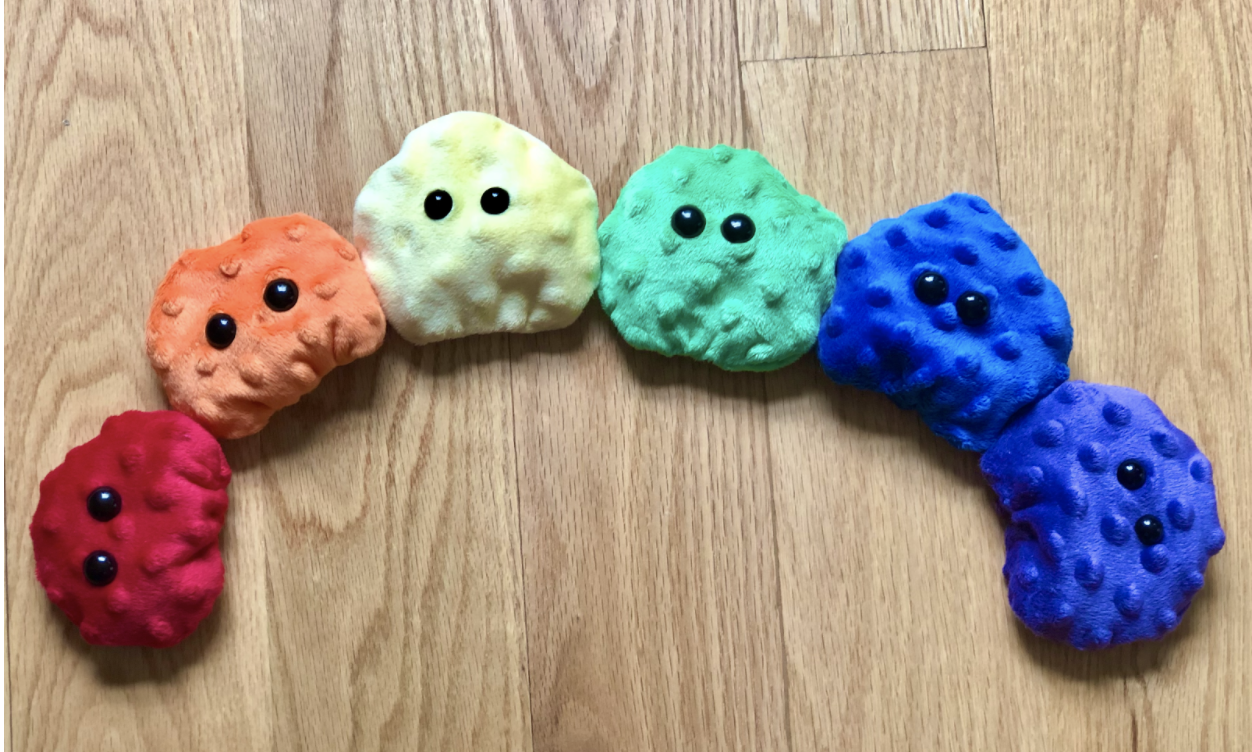
Dear Parents & Caregivers,
Anxiety is rampant among our children, and other mental health conditions are consistently on the rise.
Everyday, whether in the schools I’ve worked in or even at home with my own children, I am painfully aware of the ever growing challenges young ones face in our rapidly changing world.
Anxiety is rampant among our children, and other mental health conditions are consistently on the rise. I see many well-intentioned parents trying to remove the hurdles of growing up, hoping to lessen their child’s anxiety or sadness by making life easier for them. If there is anything I have learned parenting my own four children and working with countless families, it is that it is not our job to take away the things that overwhelm our children, but to let them know we trust that they can handle the hard things in their lives.
One way that I have worked with my own children and the students I support to give them these skills to work through these challenges is to teach coping and emotional regulation strategies. There are so many ways to teach these skills to children, but my own children and I love to make things! We’ve created and made so many different tools in our house to work on a variety of skills over the years. And just like all of the other social-emotional tools utilized in my house, I created Zigs and their story along with the help of my boys. They have had lots of practice using different tools to calm their emotions, but these cute little guys are definitely one of their favorites. My hope is to share Zigs and their strategies with as many families as I can, making it a bit easier for children to handle this amazing, but sometimes overwhelming, world of ours.
Learning to regulate our emotions takes a lot of effort and a lot of time. There are even a lot of adults out there who have not learned the fine art of emotional regulation (We have all seen YouTube videos of men and women throwing adult-sized temper tantrums!). And it’s important to remember that children can only be as calm as the calmest adult in the room. If we can’t regulate our emotions, how can we expect our children to?
When you introduce the topic of calming and emotional regulation, you may have to practice over and over and over again before you see any changes. That’s totally normal! Emotional growth does not happen quickly. And while you might not see the results of your hard work (because you’re working hard, too!) as quickly as you would like to, don’t give up! Remember that you are planting the seeds of good mental health when you practice with and model for your children ANY calming strategy. While they may not be able to use these strategies independently any time soon, your work is not a waste of time. It is essential for building emotionally resilient children.
Peace,
Erin MacHarg, Ed.S.


